This article was originally published by Sara Tipton at Tess Pennington’s ReadyNutrition.com
Tess is the author of The Prepper’s Blueprint: How To Survive ANY Disaster
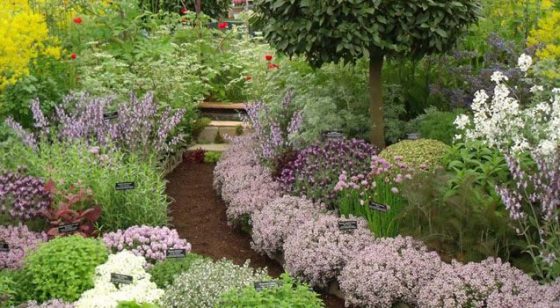
Having medicinal plants growing on your property may not seem like all that big of a deal to some. But if you enjoy the scent and making your own fresh teas, some of these plants may be just right for you! Plus, there’s the added bonus of having these medicinal herbs around and readily available for use when you need it the most.
In a perfect world, we would each have all of our favorite garden herbs, tailored to our particular climate and health concerns, growing abundantly and readily available. Often life gets in the way and with so many plants having so many wonderful benefits, it is hard to know where to start. So we’ve put together this helpful list of three more medicinal herbal plants that are both easy to grow and offer a well-rounded approach to herbal health. They all have the added bonus of being beautiful additions to any home or garden too!
CALENDULA (POT MARIGOLD)
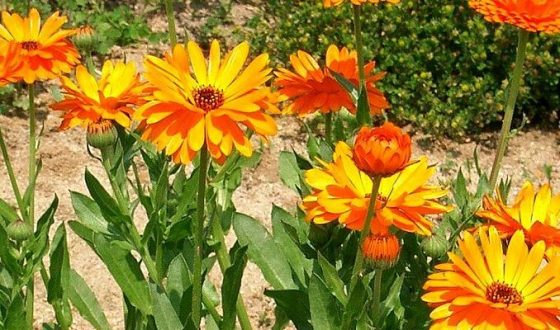
The calendula flower is edible! They can be made into teas or the flowers can be tossed into a salad to offer a quick and easy flavor boost. The whole flower can be used as a medicinal herb in treating skin conditions, which is why calendula is often found in topical ointments, salves, and creams. These ointments have also proven to have the added bonus of repelling annoying and bite-happy mosquitoes. The plus side of using calendula to chase away mosquitoes is that it is child safe and non-toxic, unlike most bug sprays on the market today. The effects are short-lived, lasting only about two hours, but its fairly easy to just reapply. Additionally, the plant itself is known for its treatment of diaper rash and is the herb most likely to be found in “baby butt” creams. It can be used for a wide variety of skin ailments. Calendula flowers are often used internally in tinctures and broths as an anti-fungal, anti-bacterial, lymphagogue (stimulates the lymphatic system), emmenagogue (stimulates the menses), and digestive system anti-inflammatory. The flowers are commonly used to lift spirits and support the immune system. The whole flowers can also be dried and added to soups and stews in the winter as an immune tonic.
Calendula is fairly easy to grow too. The plant prefers full sun and average garden soil. Calendula does well as a container plant, hence the common name “pot marigold” and would look lovely sitting in a large pot in front of a house. It can be easily grown from seed and will tolerate either direct sow or an early start in pots. The seedlings, luckily, are somewhat cold tolerant too, so don’t worry if you live in a cooler climate. Plant each seed 10-14’ inches apart. The plant grows to about 18 inches tall. Calendula’s sticky flowers must be picked every two to three days to ensure a longer flowering season. The plant will usually self-sow unless you mulch heavily. It is typically grown as an annual but can be cultivated as a short-lived perennial in warmer climes (Zone 8-10).
ECHINACEA (PURPLE CONEFLOWER)
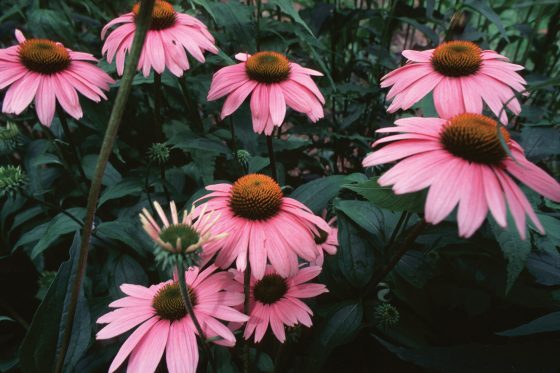
Echinacea is one of the most popular garden ornamentals with its showy purple flowers that attract all manner of butterflies and bees. But it is also a common addition to teas that assist with the recovery of a cold or the flu as a powerful immune system booster. In fact, the entire plant from the roots, seeds, and fresh flowers are all medicinal and can be made into a flavorful immune-stimulating tea or tincture.
Echinacea is not only really easy to grow, but it is also a decidedly unfussy plant, withstanding drought, disease, and insect infestations. Echinacea is an herbaceous perennial that you will want to plant in full sun for the best flower production. Plant seeds 1-2 feet apart because the plant grows to 3-4 feet tall. You can sow echinacea in greenhouse trays or directly in the ground in early spring. Germination will occur in 2-3 weeks. To improve the germination rate you may cold condition (stratify) the seeds for two weeks prior to planting. It will begin flowering the second year and will be two or three years old before the roots are ready to harvest. Echinacea seeds will self-sow if left on the plant over winter.
BASIL (TULSI)
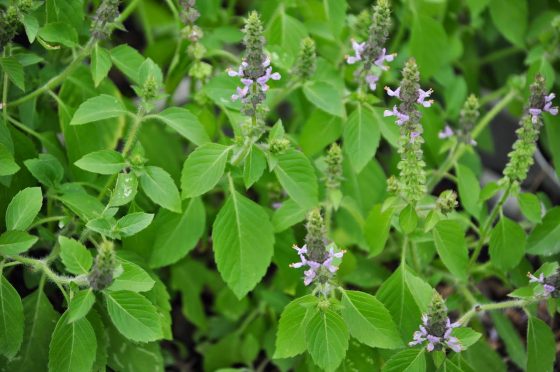
Many people use basil in an Italian seasoning for pizzas or pasta toppings because it’s excellent in sauces! But it also has a wonderful medical benefit of being antimicrobial and its scent has been shown to boost and enhance a person’s mood. The leaves and flowers are used as a medicinal tea for colds, coughs, asthma, bronchitis, sinusitis, headaches, arthritis, diabetes, stress, and anxiety. Fresh leaves can be added to salads for a flavor boost as well. Try putting some in a basil pesto! Your taste buds will thank you!
Much like the echinacea plant, basil is also easy to grow. It is easy to grow from seed, but take care not to plant the seed too deep because it’s so small. It will germinate better with bottom heat. Basil is a perennial in Zone 10 and warmer, however, it is grown elsewhere as an annual. It will get 1-2 feet tall and 6 inches to 1 foot wide. Plant basil in full sun in average to moist garden soils. If your greenhouse gets too cold at night, basil will be slow to sprout and slow to grow, so you’ll need patience. You can also plant it outside after the danger of frost has passed. The basil plant may appear small when you first plant it, but when the days grow longer and the nighttime temperatures warm, it will take off!
**This article is was written for information purposes only. It is not meant to treat or diagnose any problem, disease, or health issue. Please contact your doctor if you have any concerns about your health.
Tess Pennington is the author of The Prepper’s Blueprint, a comprehensive guide that uses real-life scenarios to help you prepare for any disaster. Because a crisis rarely stops with a triggering event the aftermath can spiral, having the capacity to cripple our normal ways of life. The well-rounded, multi-layered approach outlined in the Blueprint helps you make sense of a wide array of preparedness concepts through easily digestible action items and supply lists.
Tess is also the author of the highly rated Prepper’s Cookbook, which helps you to create a plan for stocking, organizing and maintaining a proper emergency food supply and includes over 300 recipes for nutritious, delicious, life-saving meals.
Visit her website at ReadyNutrition.com for an extensive compilation of free information on preparedness, homesteading, and healthy living.

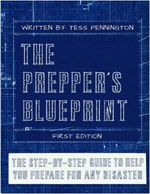









0 Comments